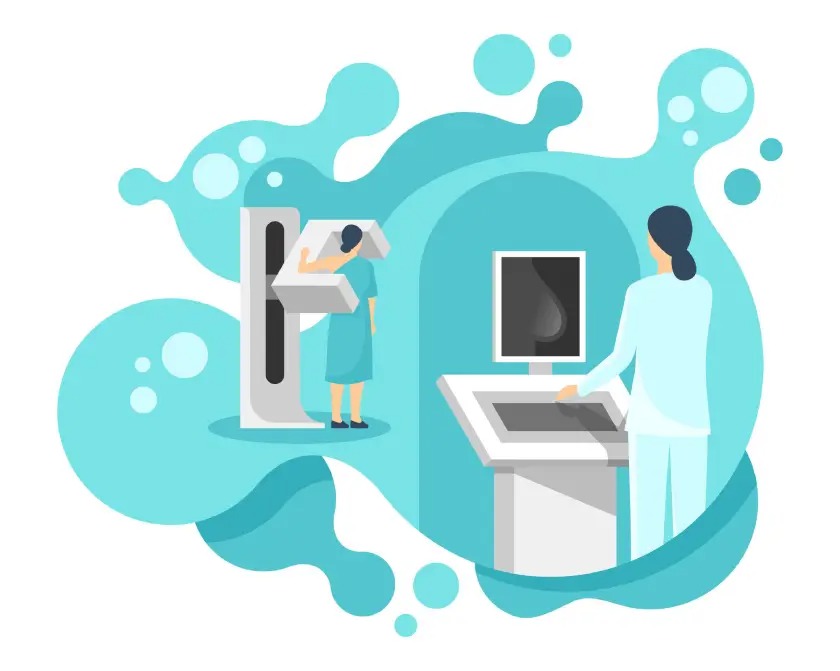Are you a certified technologist wondering how to stay compliant with your continuing education requirements this year? Whether you're preparing for renewal or just planning ahead, understanding the essentials of Xray CE credits is key to maintaining your credentials. This guide explains what Xray CE is, how it works, and the easiest way to fulfill your requirements online—efficiently and affordably.
We'll also touch on how radiology CE fits broader certification demands and highlight what professionals need to know to make smart course selections in 2025.
What Is Xray CE and Who Needs It?
Xray CE refers to continuing education credits that radiologic technologists must complete to maintain certification with the ARRT® (American Registry of Radiologic Technologists) and other accrediting bodies. These credits keep professionals current with new technologies, safety protocols, and clinical practices in imaging.
Whether working in general diagnostic radiography or specialized imaging fields, these credits are part of your 24-credit biennial requirement. Approved radiology CE courses must be Category A or A+ and align with topics relevant to your scope of practice.
2025 Xray CE Requirements at a Glance
In 2025, all certified radiologic technologists must complete 24 Xray CE credits every two years. These credits must be:
● ARRT®-approved (Category A or A+)
● Completed within your assigned biennium
● Related to the practice of radiologic technology
State-specific requirements may apply if you're working in a specific state like California or Texas. Many professionals also pursue additional radiology CE courses to simultaneously satisfy both ARRT® and state licensure boards.
The good news? Many of these courses are available online, eliminating the need for in-person attendance and rigid scheduling.
How to Find Accredited Xray CE Courses
Not all CE providers are the same, so choosing a platform that offers ASRT-approved courses is important. On accredited websites, you can filter Xray CE options by category, state, or specialty, including:
● Digital Imaging
● Radiation Protection
● Skeletal Anatomy
● Pediatric Radiology
● Fluoroscopy
● Image Analysis
If you're also completing radiology CE for CT, MRI, or mammography credentials, ensure the course matches your registry and state requirements. Course descriptions typically include accepted registries (e.g., ARRT®, ARMRIT, NMTCB) and number of credit hours.
Benefits of Earning Your Xray CE Online
One of the best developments in recent years has been the growth of online Xray CE platforms. These platforms allow users to:
● Access to over 200 courses across multiple imaging specialties
● Filter by state or specialty-specific needs
● Take exams and download certificates instantly
● Complete CE on their schedule, from any device
These courses are available individually or through an annual unlimited CE plan. This flexibility is especially helpful for professionals completing Xray CE and broader radiology CE coursework.
Understanding Course Structure and Testing
Online Xray CE courses are designed to be self-paced and accessible. Once you select a course, you'll receive a PDF or digital version of the content, followed by a multiple-choice test. After passing the test, your CE certificate is immediately available for download.
Each course is clearly labeled with the number of credits offered and is priced affordably, often between $5.00 and $10.00 per course. If you're completing several radiology CE topics, consider an unlimited CE subscription to save money and time.
Meeting State and Registry Requirements
Besides ARRT®, state registries such as California, Florida, and Texas often have specific Xray and radiology CE requirements. These may include:
● Required CE hours in fluoroscopy or digital radiography
● Special provisions for mammography or CT technologists
● Acceptable course formats (e.g., online or home study)
A quality CE provider will offer filters to select your state and registry, ensuring that the course you take meets all necessary criteria. This helps avoid the frustration of completing credits not accepted by your board.
Making CE Credits Part of Your Career Plan
Instead of viewing Xray CE as a requirement, consider it an opportunity to grow in your career. High-quality CE courses can help you stay updated on imaging advancements, improve patient safety outcomes, and meet emerging standards in healthcare delivery.
If you’re working toward multiple certifications, radiology CE offers an efficient path to maintain them. Focused, well-designed courses allow you to deepen your knowledge while meeting professional and regulatory expectations.
Conclusion
As 2025 unfolds, staying current with your Xray CE requirements doesn’t have to be overwhelming. With online access to accredited courses, immediate certification, and flexible plans that cover both Xray CE and radiology CE, maintaining your credentials is easier and more efficient than ever.
Take the time to plan your CE early, choose the right courses for your practice area and location, and enjoy the confidence that comes with compliance and professional growth. Whether renewing your license or expanding your knowledge base, continuing education is the foundation of lasting success in medical imaging.





Comments